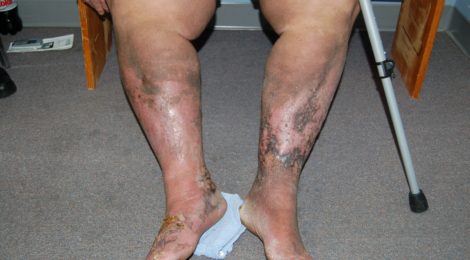Physical Therapy: Manual Therapy
Manual Therapy is a clinical approach that uses skilled, specific hands-on techniques that includes kneading and manipulation of muscles and soft tissue, joint mobilization and manipulation. It is used to diagnose and treat soft tissues and joint structures in order to reduce pain, reduce soft tissue inflammation and increase ROM and function. Our therapists are highly trained in the manual techniques listed below.

Our Manual Therapies are Australian Maitland, MyoFascial Release, Soft Tissue Mobilization and CranioSacral Therapy.
Maitland Therapy: The Maitland Australian Approach intentionally gently provokes the patient’s actual symptoms using carefully graded osteokinematic (physiological) and arthrokinematic (accessory) passive mobilization. This approach is recognized worldwide as an efficient, safe and gentle way to evaluate and treat the orthopedic patient to alleviate pain, reduce inflammation, restore movement, and maximize function. The Maitland-Australian Approach is highly efficient and effective in the management of neuromuskuloskeletal conditions. Pioneered in the 1950s by the legendary Australian Physiotherapist Geoffrey Maitland, it has continued to evolve over the years with groundbreaking concepts such as Irritability, Neurodynamics, Combined Movements, Stabilization Training, and Advanced Clinical Reasoning with supporting Evidence-Based Medicine research.
MyoFascial Release: Myofasical Release is best understood by first describing fascia, a connective tissue that envelopes every muscle, nerve, blood vessel and ligament fiber of the body. Fascia is considered continuous from head to toe and has a propensity to thicken, tighten and restrict in response to inflammation, injury, or mechanical stress. Fascia restrictions limit muscle mobility and function leading to longer tern dysfunction. Myofascial release is the slow progressive multidirectional stretching of the cross fibers to break free the barriers and restrictions thus restoring function and relieving associated pain.
Soft Tissue Mobilization: Soft tissue therapy is the manipulation of the soft tissues of the body i.e. muscles, connective tissue/fascia, tendons, ligaments and joints with the goal of gently breaking adhesions which are the body’s attempt to heal a soft tissue injury with a lengthy process resulting in long strands of collagenous scar tissue. These new tissues pull against one another and form trigger points of pain. Soft tissue mobilization therefore helps alleviate the soft tissue discomfort associated with everyday and occupational stresses, muscular over-use and many chronic pain conditions. Its Goals are to:
- Break down or reduce adhesions
- Improve range of motion
- Lengthen muscles and tendons
- Reduce swelling and edema
- Decrease painRestore functionality
CranioSacral Therapy: (CST) was pioneered and developed by osteopathic physician John E. Upledger following extensive scientific studies from 1975 to 1983 at Michigan State University, where he served as a clinical researcher and Professor of Biomechanics. CST is a gentle, hands-on method of evaluating and enhancing the functioning of a physiological body system called the craniosacral system – comprised of the membranes and cerebrospinal fluid that surround and protect the brain and spinal cord. Using a soft touch generally no greater than 5 grams, or about the weight of a nickel, practitioners release restrictions in the craniosacral system to improve the functioning of the central nervous system. By complementing the body’s natural healing processes, CST is increasingly used as a preventive health measure for its ability to bolster resistance to disease, and is effective for a wide range of medical problems associated with pain and dysfunction.


